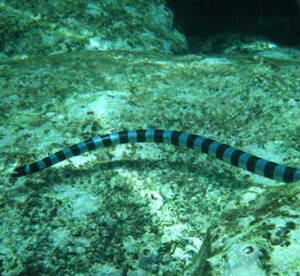
Hydrophis fasciatus
Hydrophis fasciatus,Sea Snake,Ringed sea snake
The Latin name of the ringed sea snake is Hydrophis fasciatus, which is a hi···
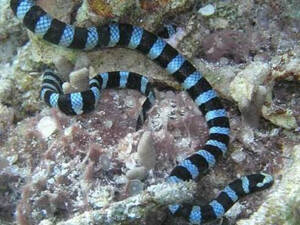
Hydrophis cyanocinctus
Hydrophis cyanocinctus,Sea snake, sea snake
The Latin name of the blue-ringed sea snake is Hydrophis cyanocinctus, a hig···
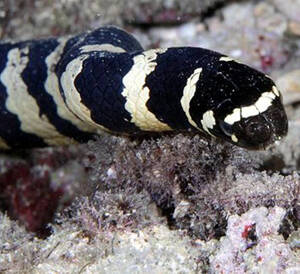
Emydocephalus ijimae
Emydocephalus ijimae,Egg sea snake, Turtle head sea snake
The Latin name of the turtle-headed sea snake is Emydocephalus ijimae, which···
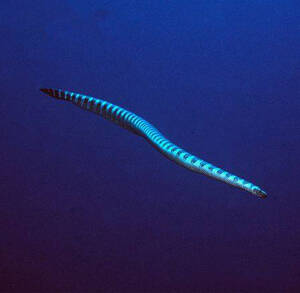
Laticauda semifasciata
Laticauda semifasciata,Semi-ringed flat-tailed sea snake
The Latin name of the semi-ringed flat-tailed sea snake is Laticauda semifas···
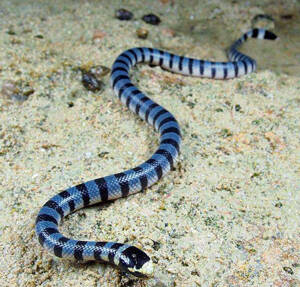
Laticauda colubrina
Laticauda colubrina,Gray sea snake, fire snake, gray-blue flat-tailed sea snake
The gray-blue flat-tailed sea snake, whose Latin name is Laticauda colubrina···
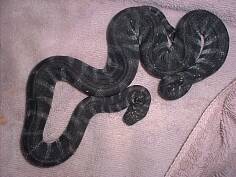
Acrochordus granulatus
Acrochordus granulatus,Wart-scaled snake
Little wart snake (pinyin: luǒ lín shé), English name: Little wart snake,···
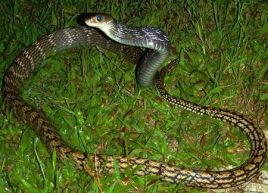
Ptyas carinatus
Ptyas carinatus,Green black snake, dragon bone rat snake, black web black snake
The black-netted snake is called Ptyas carinatus in foreign language. It is ···
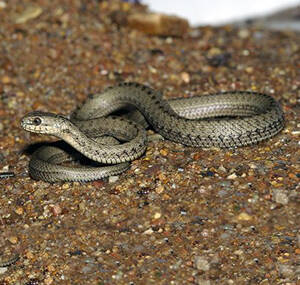
Thermophis baileyi
Thermophis baileyi,Hot Spring Snake
The hot spring snake, whose Latin name is Thermophis baileyi, is the only sn···
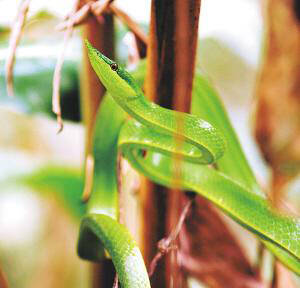
Rhynchophis boulengeri
Rhynchophis boulengeri,Gonyosoma boulengeri,Rhinoceros rat snake, Cone-nosed snake,
The sharp-beaked snake, whose Latin name is Rhynchophis boulengeri, is a sma···
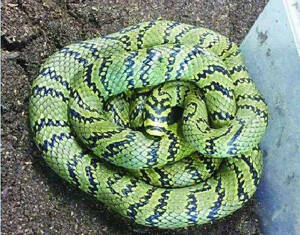
Elaphe perlacea
Elaphe perlacea,Euprepiophis perlacea,Elegant female snake, horizontal striped jade snake, horizontal striped jade snake
The Latin name of the Elaphe perlacea is Elaphe perlacea, which is a special···
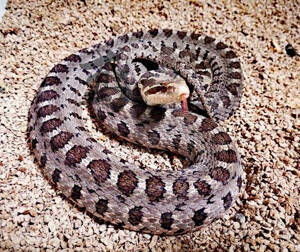
Elaphe davidi
Elaphe davidi,Black-rimmed rat snake, flower worm
The Latin name of the Elaphe davidi is Elaphe davidi, a reptile of the genus···
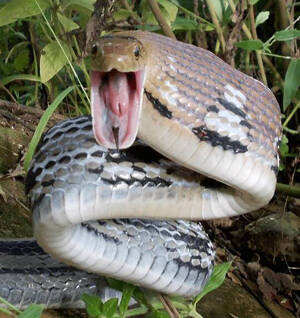
Tri-rope beauty snake
Tri-rope beauty snake,White flower snake, white flower snake, three-line snake, Guang snake (ni Guang), three-line snake, three-line snake
Tri-rope beauty snake is a non-venomous snake of the genus Elaphe in the fam···
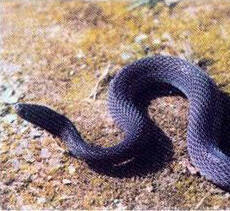
Achalinus jinggangensis
Achalinus jinggangensis
Achalinus jinggangensis is a small snake, which is unique to my country. Mos···
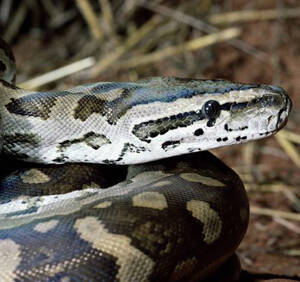
Python bivittatus
Python bivittatus,Python, King snake, Anaconda, Southern snake, Burmese snake, King snake, Lyre snake, Burmese python, Plum snake
Python bivittatus is a large reptile of the family Python and genus Python.P···
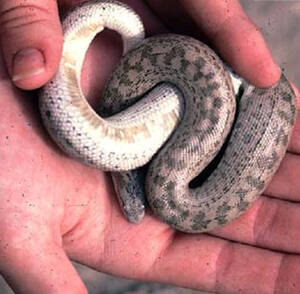
Eryx tataricus
Eryx tataricus,Earth stick
The Eastern Sand Boa is a reptile of the genus Eryx tataricus in the family ···
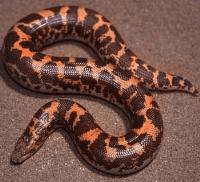
Eryx miliaris
Eryx miliaris,Earthen stick, both ends even, red sand python
The scientific name of the red sand python is Eryx miliaris. It is a relativ···
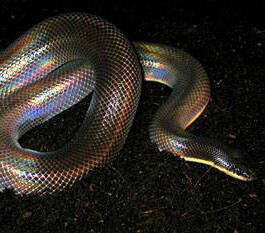
Xenopeltis unicolor Reinwardt
Xenopeltis unicolor Reinwardt,Sun snake, flaming snake
The Latin name of the glitter snake is Xenopeltis unicolor Reinwardt, which ···
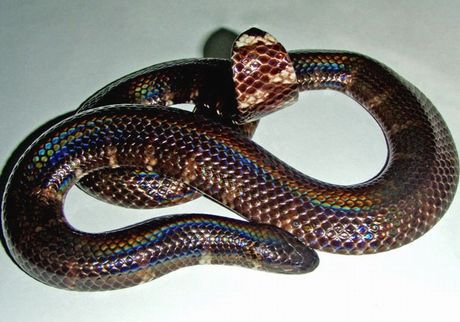
Cylindrophis ruffus
Cylindrophis ruffus,Red-tailed pipe snake,Red-tailed pipe snake, two-headed snake
Cylindrophis ruffus is a species of snake in the family Shieldtail Snake.The···
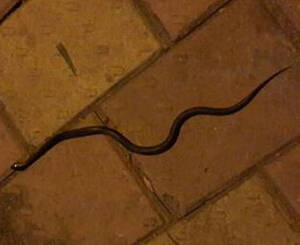
Typhlopslazelli
Typhlopslazelli,Indotyphlops lazelli,Rasmus's blind snake
Hong Kong blind snake (scientific name: Typhlops lazelli) is a reptile of th···
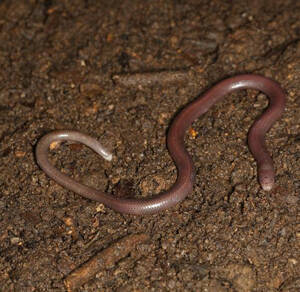
Dibamus bogadeki
Dibamus bogadeki,Bowman's Diplodocus,Bogadek's burrowing lizard
Bogadek's burrowing lizard is a reptile unique to Hong Kong.In 2012, the···
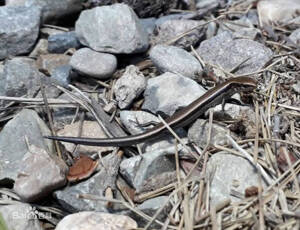
Scincella huanrenensis
Scincella huanrenensis,,Huanren dwarfskinkGolden Horse Snake
Huanren dwarfskink is called Huanren dwarfskink in foreign language, and has···
